Meet the Mars Exploration Rovers
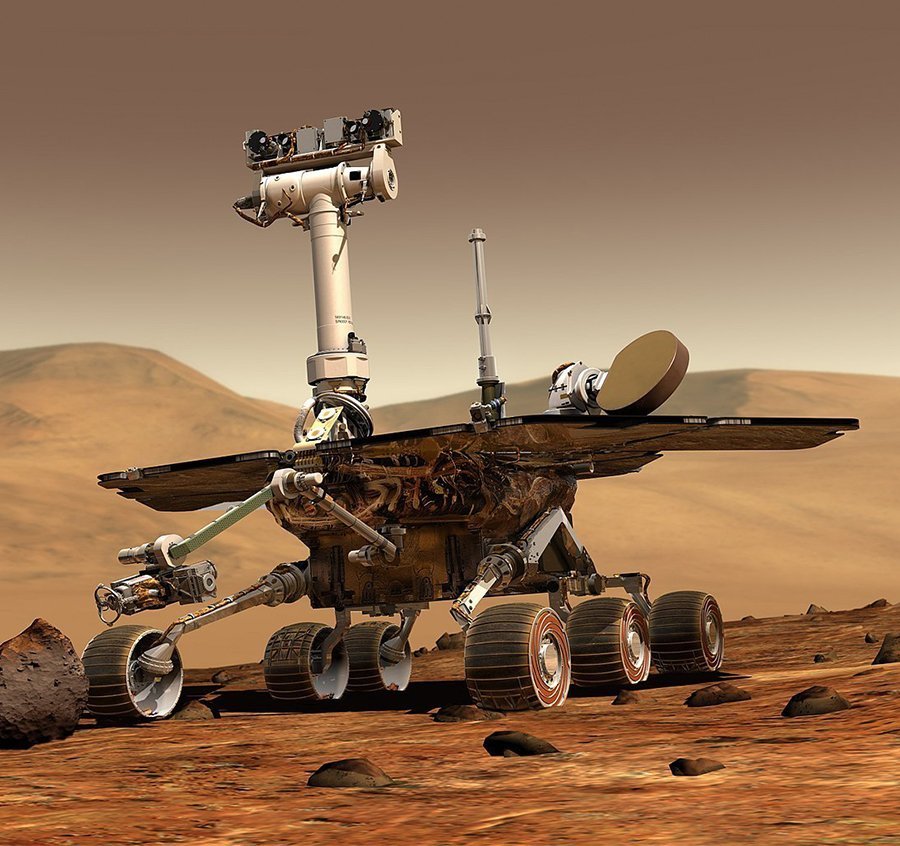
In 2004, The National Aeronautics and Space Administration launched (NASA) another rover mission to Mars. Coming off the successful first rover mission on Mars in 1997. NASA will be sending another rover mission 17 years later. And like always, this time the rover is going to be bigger and will have more advanced instrumentations. These rovers are NASA’s Mars Exploration Rovers (MER). And their names are Spirit and Opportunity.
Meet the Mars Exploration Rovers
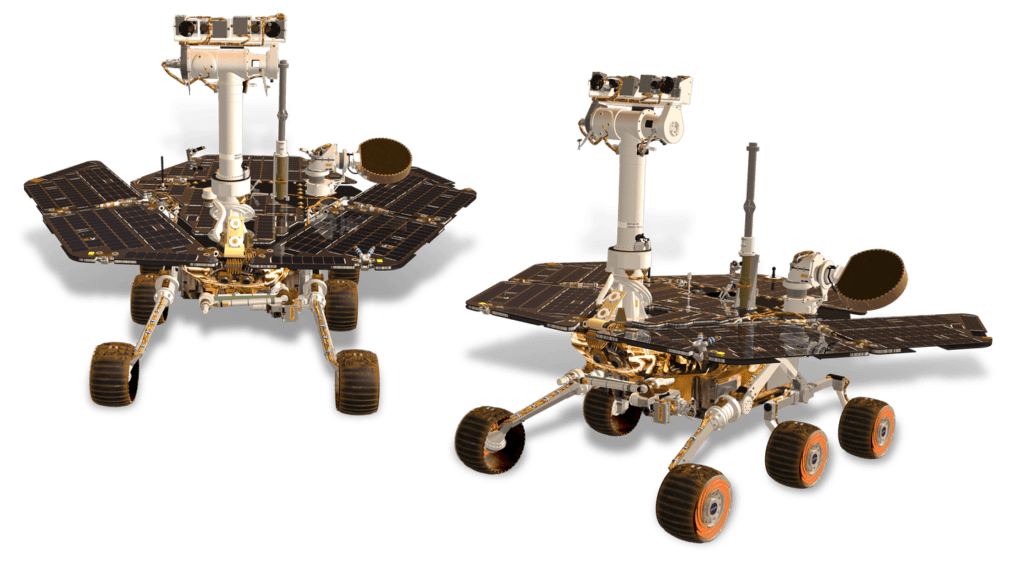
The Mars Exploration Rovers are the progenitor of the Mars Pathfinder. Building off on the lessons learned from the previous rover. Meaning that these new rovers are bigger and more capable. As such, Spirit and Opportunity are twice as long as Pathfinder. The new rovers have a length of 1.6 meters compared to Sojourners’ 63 centimeters of length. And weighing 174 kilograms, the new rovers are heavier than the 10-kilogram weight of the previous.
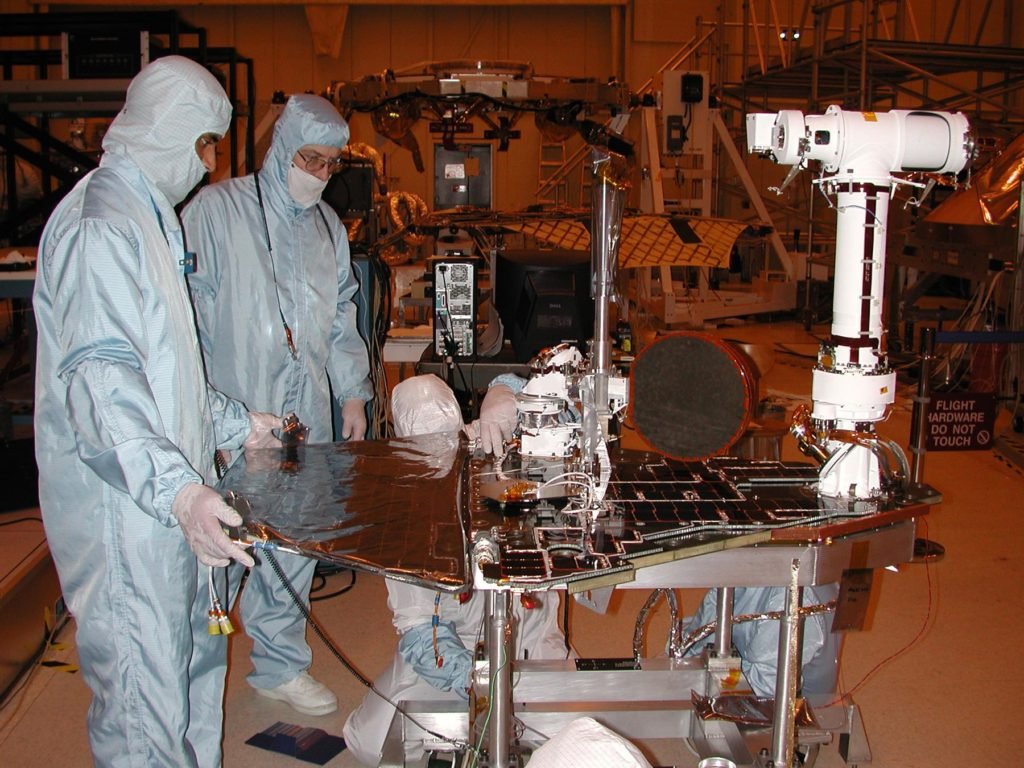
NASA held a student essay competition to determine the names of the rovers. There were nearly 10,000 entries in this competition. The results of the competition to the names Spirit and Opportunity for the rovers. And in tribute, NASA named the two landers after the two space shuttle tragedies. Thus, They christened Spirit’s lander Columbia Memorial Station and Opportunity’s lander Challenger Memorial Station.
Choosing Landing Sites

NASA launched Spirit on the 10th of June 2003. And three weeks later, they launched Opportunity on the 7th of July. At this point, scientists and engineers have given the coordinates for their specific landings site. Firstly, Spirit was going to land on Gusev Crater. This location was possibly a former lake in a giant impact crater. The second landing site is Meridiani Planum. From observations, experts theorized that the site may have mineral deposits that support the possible the area had water once. These two sites are important for the study of Mars. Because it can uncover more detail about the wet past of the planet.

Entry, Descent, and Landing

By the 4th of January 2004, Spirit started its entry into the Martian atmosphere. And on the 25th of January, Opportunity was descending to the surface. The entry, descent, and landing method of both rovers are based on the proven technologies of Viking and Pathfinder. The sequence of events during the landing is similar to Sojourner. Both rovers will use parachutes, deceleration rockets, and airbags to land. But this time, NASA employed technologies like cameras and new rockets to increase the accuracy of their landings.
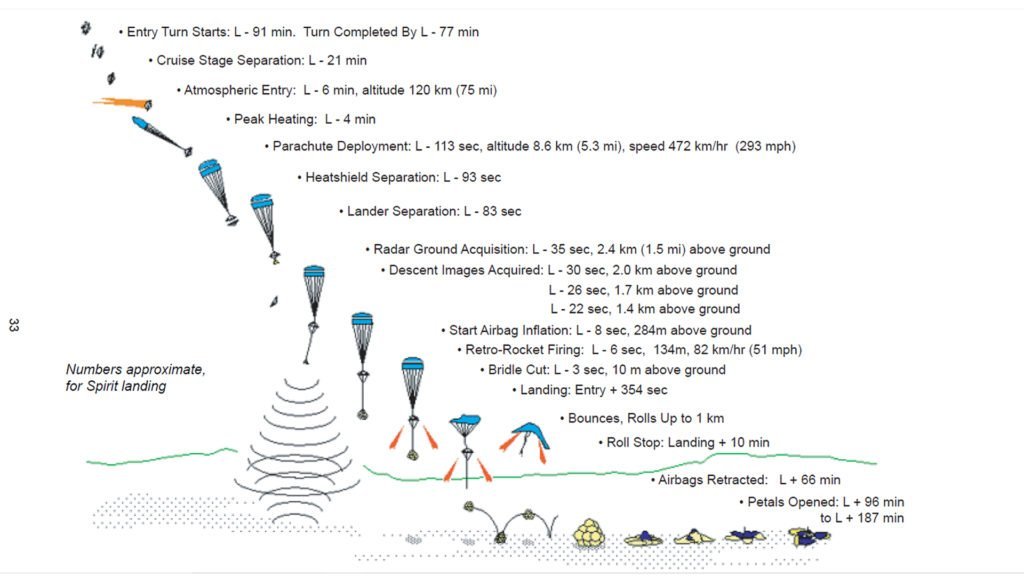
New instruments.
Because of the larger size of the rovers, more instruments are built-in and have better moving capabilities. Because of this, the rovers are mobile geological laboratories. And to better understand this, here are some of the new instruments that Spirit and Opportunity have.

- Unlike Sojourner, they installed a Panoramic Camera on the rovers for better viewing of the surrounding terrain.
- In addition, NASA equipped the new rovers with a Miniature Thermal Emission Spectrometer. This is to study the heat emanating from the surface.
- Next, engineers placed a Moessbauer Spectrometer on the rover’s arms. The instrument is to determine the abundance of iron-bearing minerals in the area.
- And like Pathfinder, they built the rovers with a new version of the Alpha Particle X-Ray Spectrometer. This is to measure the elements within rockets.
- Also, NASA gave the rovers a Microscopic Imager. Engineered to study the fine-scale appearance of rocks and soils.
- Lastly, scientists gave the rovers other supplemental instruments to the rovers to study the planet more efficiently.
Results.

Both rovers surpassed their originally planned 90-day mission. NASA recorded that the Spirit lasted 20 times longer than expected. Spirit sent its final transmission on the 22nd of March 2010. On the other hand, Opportunity ends its mission on the 13th of February 2019. As such, the rover worked on Mars for nearly 15 years. And this made Opportunity has the longest extraterrestrial travel record at 45.16 kilometers.
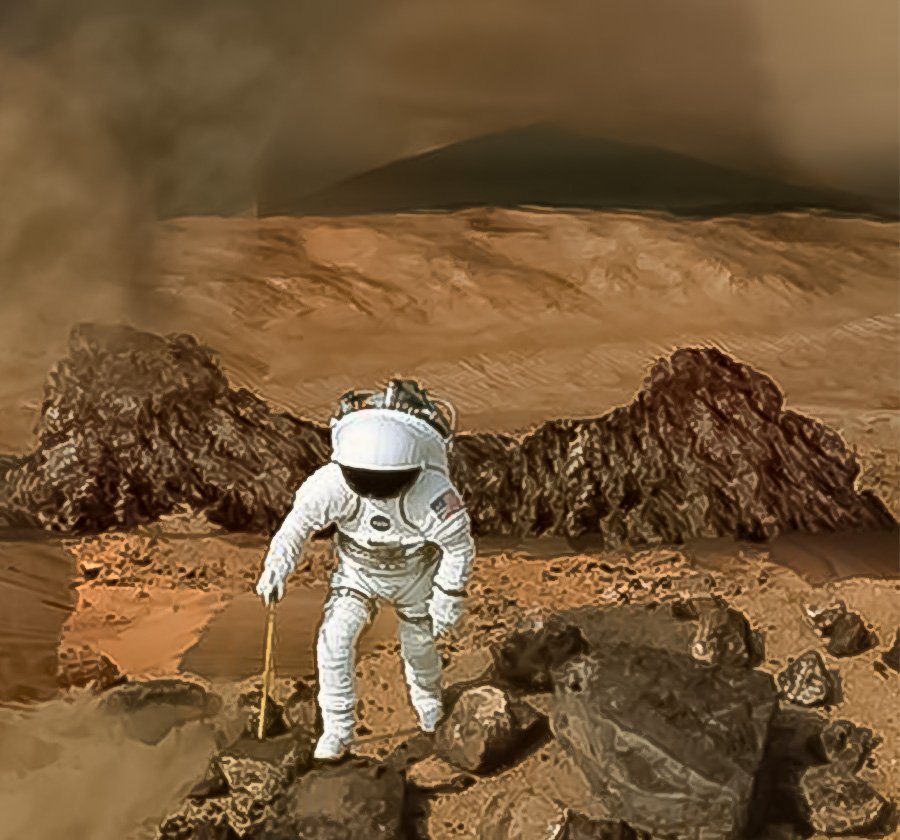
The result of their exploration showed us that Mars once had a warmer, wetter, and more active environment. Data collected supports the preposition that Mars could have sustained microbial life. Furthermore, the knowledge gained from this mission advances the prospect of human exploration of Mars. This comes as NASA is now more aware of the dangers and hazards posed by the planet.
Spirit and Opportunity’s successes set the stage for the next evolution. By 2011, NASA will be launching their new sibling to Mars.
Martin is your average manileño. He loves history and traveling around his beloved Metro Manila. His passion is to make the past come to life by exposing past stories not known by the general public. Tag along with him as he visits the past through the present.






